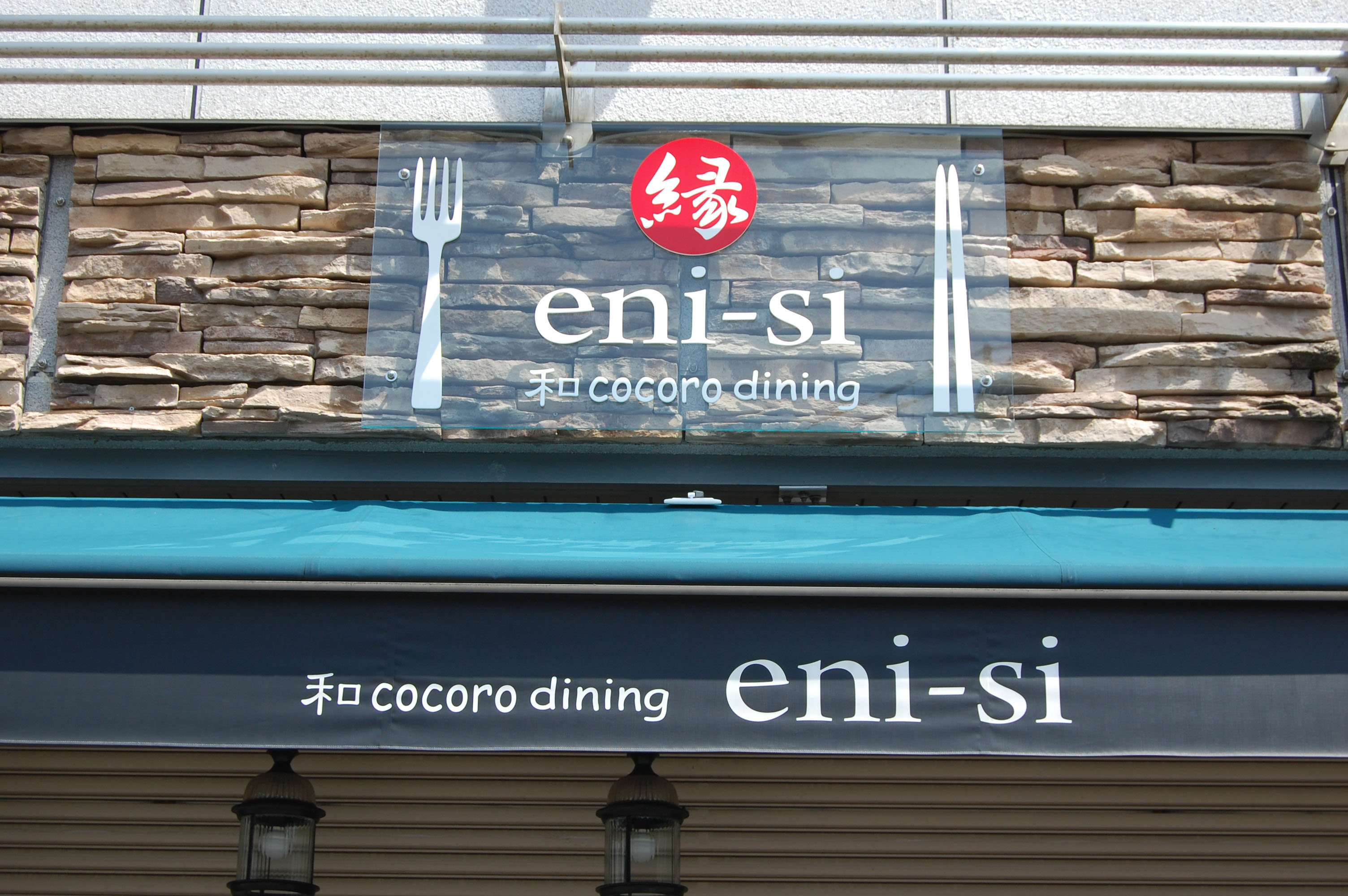Years ago I did an internship at a foreign company in Japan whose local branch had the somewhat enigmatic extension "K.K." Throughout the internship I kept wondering what these two letters were supposed to mean, but found it just too embarrassing to ask.
I'm mentioning this episode because it relates — with some detours — to an interesting phenomenon in Japanese word formation. When two words melt into one, they frequently seal their morphological relationship with a "blurring" of the second part. Take hana-bi (花火, firework), for instance, which is a compound of hana (花, flower) and hi (火, fire). This process, which turns hi into bi, ku into gu, chi into ji, etc., is commonly known as rendaku (連濁), a connection (連) that blurs (濁).
Rendaku is particularly frequent in native Japanese words, as in our hana-bi example. Sino-Japanese vocabulary is known to resist rendaku, though on closer inspection this turns out to be not quite in line with the facts. True, it's kakueki-teisha (各駅停車, local train) and shōmei-shashin (証明写真, ID photo) rather than kakueki-deisha and shōmei-jashin (no matter how blurred the photo is). But on the other hand, there are quite a number of Sino-Japanese words that do blur: renshū-jiai (練習試合, practice game), doryoku-busoku (努力不足, lack of effort) and wa-gashi (和菓子, Japanese-style confectionery), to name but a few. And rendaku is very common in Sino-Japanese two-character words such as renpai (連敗, succession of defeats), senpai (先輩, one's senior) and kanpai (乾杯, cheers).



















With your current subscription plan you can comment on stories. However, before writing your first comment, please create a display name in the Profile section of your subscriber account page.